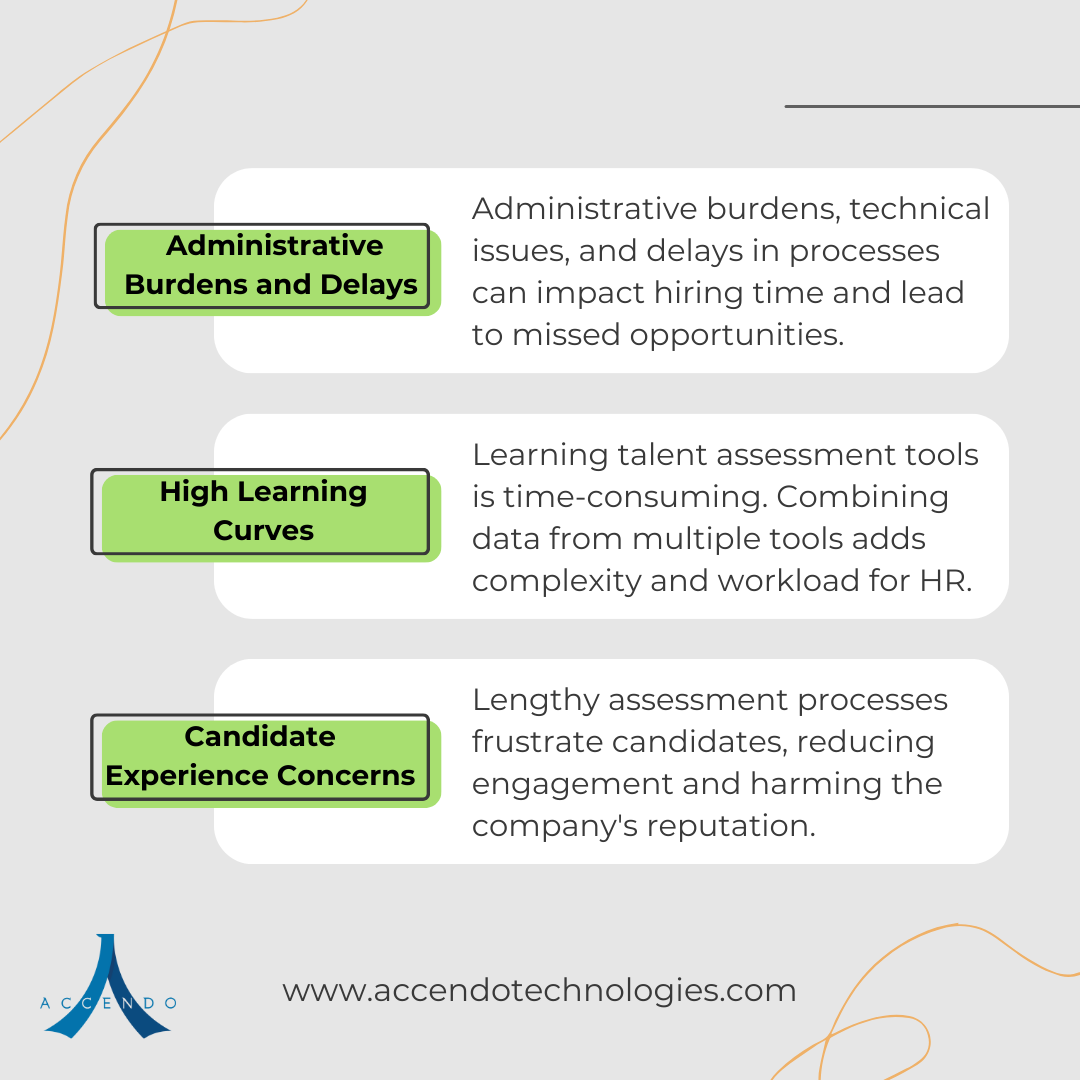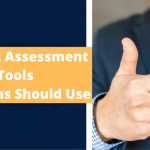We tend to look for talent in the same old places or follow trends of the “best hire” as the “best fit”. There is no one-size-fits-all approach, but these trends can undermine efforts to boost diversity and hinder creativity and innovation. Talent assessments are great for evaluating and hiring candidates for the right roles but they’re not without their headaches. Our article today outlines the common challenges that HR teams face when it comes to using talent assessment tools.
The Critical Role of Talent Assessment Tools in HR

When building a business, your primary asset is your people. But how do you determine if they are the right fit for the role? This is where talent assessments become critical for HR.
These tools provide valuable insights into candidates’ skills, behaviours, and potential. Utilising these tools effectively helps mitigate several risks such as:
- Lower-quality candidates
- Employees lacking requisite skills
- Unchallenged, unhappy, or underestimated workforce
- Unreliable back-up planning
- High turnover
With the demand for talent stronger than ever, overcoming these obstacles is essential for organisational success. However, like every other strategy, there will always be challenges in implementing a successful talent assessment process.
The Current Utilisation of Assessment Tools in HR
Assessment tools are currently utilised in HR to enhance recruitment processes, employee development, and talent management. The table below explains the stages in which talent assessments are used:
| Recruitment and Selection | Pre-employment tests, behavioural assessments, and skills tests ensure candidates fit the job requirements and company culture. |
| Onboarding and Training | Programs leverage skills gap analysis and learning style assessments to provide tailored experiences for new hires. |
| Performance Management | 360-degree feedback and competency assessments offer insights on employee performance, identifying strengths and areas for improvement. |
| Development and Career Pathing | Guides employees toward suitable career trajectories within the organisation using developmental and career path assessments. |
| Succession Planning | Relies on leadership assessments and talent reviews to maintain a strong pipeline of future leaders. |
| Engagement and Retention | Incorporates engagement surveys and stay interviews to understand and enhance employee satisfaction and motivation. |
| Organisational Development | Uses climate surveys and change readiness assessments to evaluate workplace environment and preparedness for change. |
| Compliance and Diversity | These initiatives employ bias and diversity assessments, and compliance testing, to support legal adherence and inclusivity. |
The Challenges of Using Talent Assessment Tools

Administrative Burdens and Delays
Using multiple assessment tools means navigating different procurement processes, legal agreements, price negotiations, and coordination with various stakeholders.
On average, organisations use 3-5 tools, creating significant administrative burdens and causing delays in implementing talent strategies. Each assessment tool comes with a unique rollout process that requires proper training. Without it, errors and misuse can occur, leading to inaccurate results and lost data.
Technical issues like compatibility problems, slow loading times, and system crashes can further delay the rollout, slowing down the overall hiring timeline and causing missed opportunities.
High Learning Curves
Using different types of talent assessment tools requires significant time to learn. Technical proficiency, training, and support are essential. Understanding each tool’s user interface and navigation can be time-consuming and expensive.
Each tool generates unique reports with specific jargon and design, requiring specialised training for HR and managers. Terms like “psychometric validity” and “factor analysis” can be confusing and lead to varied interpretations. This results in additional training whenever a new tool is onboarded, or a new team member needs to use the reports.
Combining scores from multiple tools for comprehensive analysis presents its own set of challenges, such as:
- Incompatibility of data
- Inconsistent results
- Limited information
- The complexity of interpreting multiple reports
Tracking and integrating data from various tools can be tough for larger companies. Data gathered tends to be scattered across multiple platforms. Without automation or specialised software, HR often resorts to manual consolidation which adds to their workload and causes frustration among managers.
Candidate Experience Concerns
Using talent assessment tools can negatively impact the candidate experience if:
- The process is lengthy or repetitive
- Instructions are unclear
- Evaluation criteria are poorly communicated
All these can lead to frustration and decreased engagement. Additionally, if results are perceived as unfair or poorly communicated, it can damage the candidate’s perception of the company, discouraging future applications.
Talent Assessment Tools: Strategies and Best Practices for Success
Effective use of talent assessment tools begins with a strategic approach.
- Identify the key competencies and skills required for the roles you’re hiring for.
- Develop a standardised process to evaluate these criteria across all candidates.
Implementing automation in the assessment process can help to reduce administrative burdens and enhance accuracy. Additionally, integrating assessment tools with your existing HR systems will create a seamless workflow. This ensures that candidate data is easily accessible and manageable.
Talent assessment tools offer numerous benefits for both recruitment and ongoing talent management:
- Provide objective data on candidates’ skills, aptitudes, and cultural fit
- Lead to better hiring decisions and improved retention rates
- Identify strengths and development areas for current employees
- Aid in personalised development plans and succession planning
How to Select the Right Tools Based on Your Business Goals
Choosing the right assessment tools requires a clear understanding of your business goals:
- Define what you aim to achieve with these tools.
- Research various assessment tools to see which ones align best with your goals.
- Consider factors such as the tool’s validity, reliability, ease of use, and data types.
- Select tools that can be integrated into your current HR systems and processes.
To successfully implement your assessment tools, it’s crucial to follow best practices that prioritise both efficiency and candidate experience.
- Provide clear instructions and expectations to candidates. This helps them to better understand the assessment purpose and its process.
- Use user-friendly platforms that offer support and resources for candidates.
- Regularly review and update your assessment tools to keep them relevant and effective.
- Give candidates feedback to help them understand their strengths and areas for improvement.
Implementing these strategies can be challenging, but leveraging the right resources can make a difference. Accendo’s Assessment Marketplace offers a comprehensive suite of tools that align with these best practices. The platform provides an array of validated and reliable assessment options which simplifies the selection and integration process. With our solution, you can ensure your assessment tools are up-to-date, user-friendly, and aligned with your business goals.
Conclusion
Leveraging talent assessments is essential for effective HR management despite the challenges. Using an assessment marketplace streamlines the integration and use of these tools, aligning them with business goals and improving efficiency. Companies can make better hiring decisions, employee development, and organisational performance by taking a strategic approach, simplifying administrative tasks, and prioritising the candidate experience.
Page Contents






